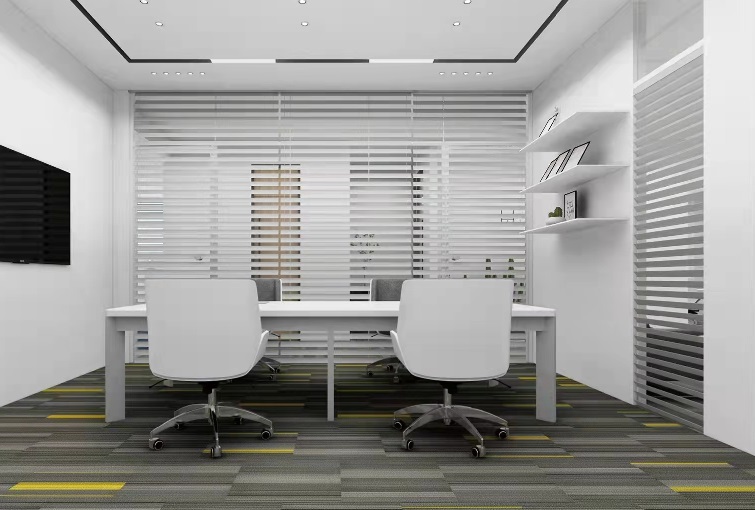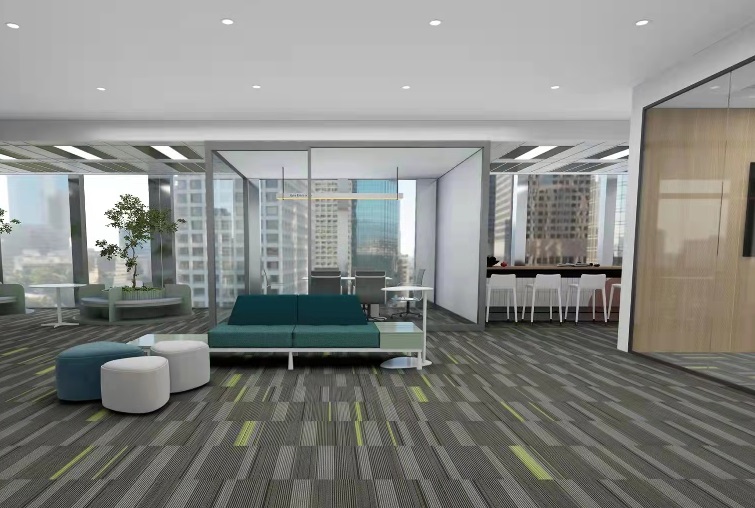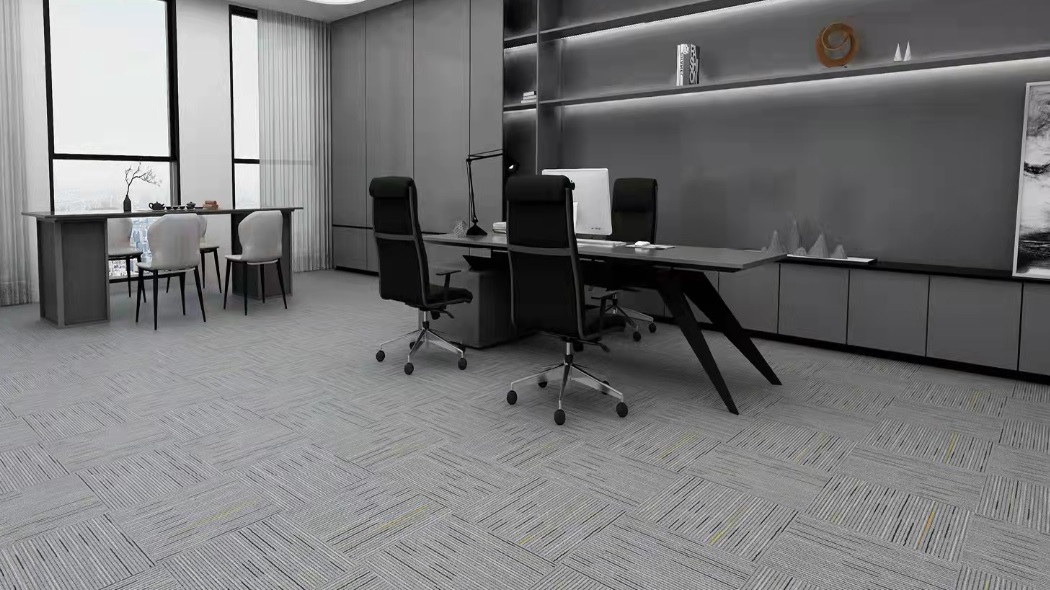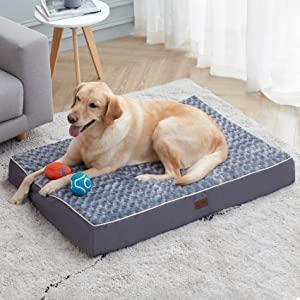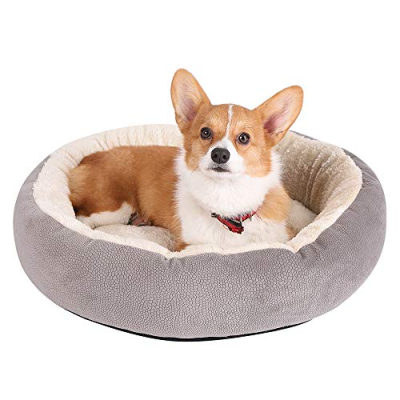Conference Room Carpet
Carpet is a floor covering made of cotton, linen, wool, silk, straw yarn and other natural fibers or chemical synthetic fibers. It is knitted, tufted or knitted by hand or mechanical technology. It is one of the arts and crafts categories with a long history and tradition in the world. Covering residential buildings, hotels, conference rooms, entertainment venues, gymnasiums, exhibition halls, vehicles, ships, aircraft and other ground. The utility model has the effects of reducing noise, insulating decoration, improving foot feeling, anti-skid and air pollution. The internal use areas of the house include kitchen, bedroom, bedside, coffee table, sofa, toilet and living room.Office Carpet,Conference Room Carpet,Conference Carpet
Price
CN¥5.00
Product Details
Carpet is a kind of floor covering, which is made of cotton, wool, silk, hemp, coconut palm or chemical fiber. Including handmade carpet, machine made carpet and handmade carpet. Broadly speaking, it also includes bedding, cushion, wall hanging, curtain, saddle mattress, door curtain, table cloth, etc. In the Neolithic Age, people twisted animal hair into threads and woven thick wool fabrics to pave the ground. The carpet fragments unearthed from the tombs of the Eastern Han Dynasty in China are typical hand-made carpets. In the Ming and Qing Dynasties, on the basis of inheriting the traditional carpet technology, combined with the characteristics of brocade and embroidery, a unique auspicious carpet pattern was created and has been handed down to this day. In the 20th century, Beijing and Tianjin established enterprises to produce export carpets, becoming key carpet production areas in China. The traditional origins of hand-made carpets in the world are concentrated in countries in East Asia, Central Asia and Eurasia. Since the British first invented the carpet loom in Brussels in 1720, the machine-made carpet came into being. So far, the machine-made carpet has accounted for 99% of the world's total consumption, while the hand-made carpet only accounts for 1%. There are many ways to classify carpets, which can be divided into hand planted carpets, hand woven plain carpets, hand tufted carpets, hand felt carpets and machine made carpets. According to the use, there are carpet, kang blanket, tapestry, prayer blanket, etc. According to raw materials, there are wool carpet, silk carpet, jute carpet, chemical fiber carpet, etc.Office Carpet,Conference Room Carpet,Conference Carpet
Bai Juyi, a great poet of the Tang Dynasty, said in his poem "The Red Thread Blanket" that "the warm ground is cold, and few people take clothes as lichens". According to literature records, there were more and more kinds of carpets from the Tang and Song Dynasties to the Ming and Qing Dynasties, and the carpets were often made of cotton, wool, hemp, paper rope and other materials. Woven carpets produced in China use extremely strong yarn strands as warp and ground weft yarns, and colored coarse weft yarns are inserted into warp yarns according to patterns to form plush, which is then woven by shearing and brushing. Its front is densely covered with plush, which is solid and elastic. In 1966, a cotton blanket was unearthed in Lanxi, Zhejiang Province. It is 2.51m long and 1.18m wide. It has plain weave, raised on both sides, flat and thick. After identification, the material used is straw cotton fiber. This kind of cotton carpet was woven in the Southern Song Dynasty. This is the earliest cotton blanket so far. It can be seen that the carpet weaving technology at that time has reached a high level.Office Carpet,Conference Room Carpet,Conference Carpet
Send your message to us
Related News
Submitted successfully
We will contact you as soon as possible
Close




